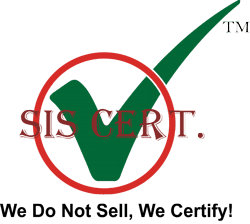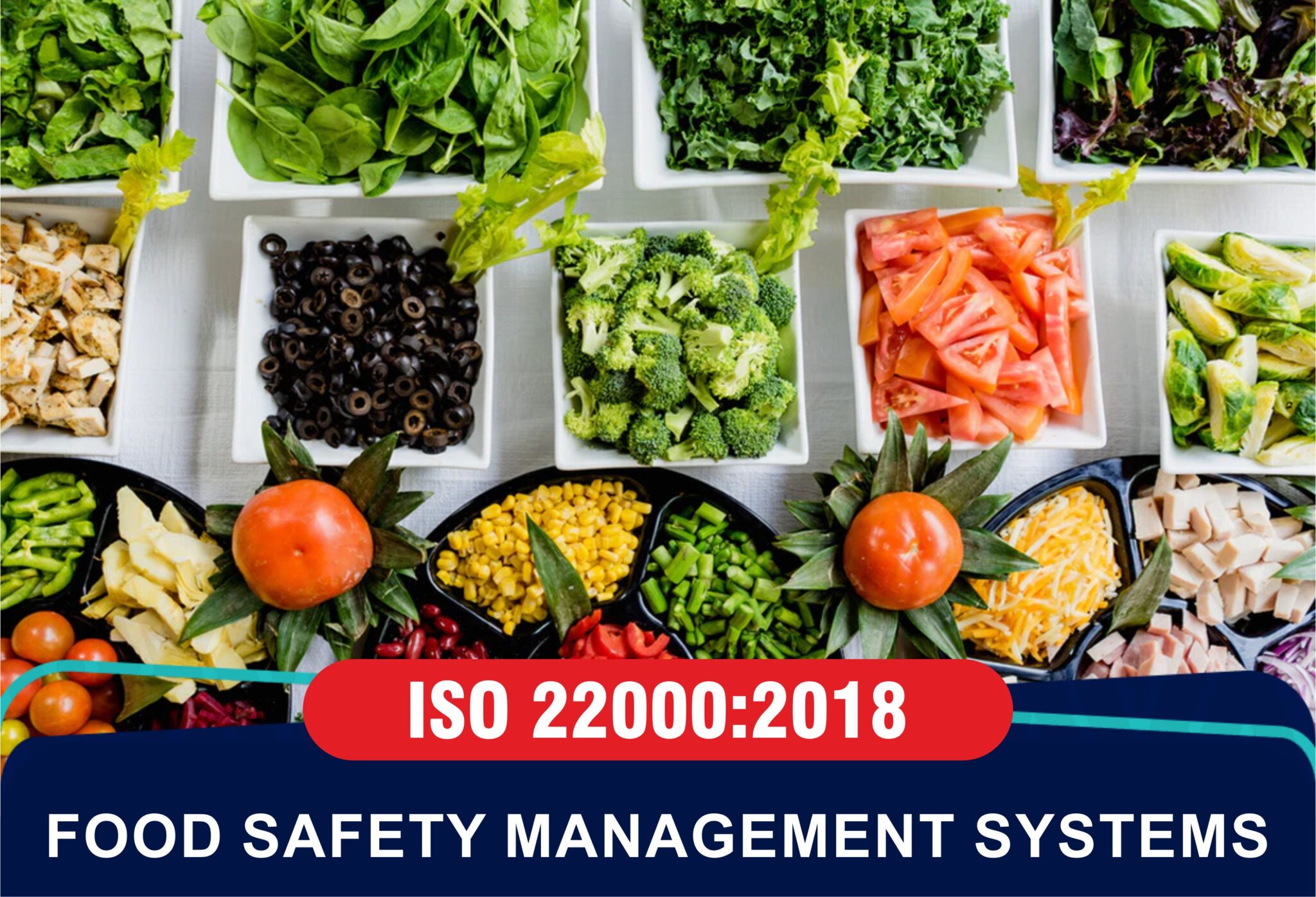ISO 22000 is an international standard for food safety management systems, designed to ensure the safety of food products during production and distribution. It specifies the requirements for a food safety system that involves Hazard Analysis and Risk-based preventive controls (HACCP), as well as other aspects such as product traceability, employee training and monitoring. Food safety is a major concern on a worldwide scale. It might be described as the actual knowledge that ingesting food would not cause harm or sickness. With ISO 22000 certification, businesses can demonstrate their commitment to producing safe food and beverages for consumers. The standard applies to all types of organizations involved in the food chain, from farm to fork. Companies that comply with ISO 22000 are better equipped to minimize risks related to food safety and contamination, while also improving their reputation among customers.
Why ISO 22000 was Introduced
ISO 22000 is a Food Safety Management System (FSMS) standard developed by the International Organization for Standardization (ISO). It was first published in 2005 and is designed to provide organizations with a framework for managing food safety risks throughout the entire food chain. The standard is based on the Hazard Analysis and Critical Control Point (HACCP) principles, which are internationally recognized methods of controlling food safety hazards. ISO 22000 food safety management systems were introduced to ensure that food producers and retailers adhere to the highest standards of safety and quality.
The requirements of ISO 22000
- Food safety: – It refers to the practises and guidelines your company must adhere to across its supply chain to maintain food safe for consumption.
- Management responsibility: – The areas that your management team must prioritise, participate in, and be accountable for are known as management responsibility.
- Resource management: – It is the process of allocating resources, such as people, infrastructure, and facilities, to achieve the greatest performance.
- Measurement, Analysis, and Improvement: – The following clauses describe how to assess if your management system is performing as planned and allowing for ongoing system improvement.
Some Key Elements of ISO 22000 ⮯
– Interactive communication: Communication is crucial along the food supply chain to ensure that all relevant food safety concerns are identified and effectively controlled at each stage. The organization’s upstream and downstream processes are implied by this.
– System management: The most efficient food safety systems should be created, run within a defined management framework, and then integrated into the organization’s overall management operations.
– Programme Requisite: There are two subcategories under which the required programmes are divided. The programmes for infrastructure and maintenance deal with permanent elements in food safety. Reduced risk of hazards in the product or processing environment is the goal of operational precondition programmes.
– HACCP Principles: A HACCP plan is used to manage the important control points that were identified during the hazard analysis as being necessary to completely remove, avoid, or significantly minimize a particular food safety hazard from the product.
Advantages of Implementing ISO 22000 ⮯
– Improved risk response: – Organizations that have a strong FSMS in place are better able to react quickly and effectively to problems that might jeopardize the safety of their food. By doing this, they may stop possible contamination and other food safety problems in their tracks. Additionally, the organization can react appropriately to unforeseen events due to the presence of emergency preparedness.
– Reduced investigation time: – In the unlikely event that contamination does occur, a good FSMS directs organizations in a way that makes it easier to find the source of any food safety violations or security breakdowns. As a consequence, the issue is quickly resolved, and recurrence is avoided.
– Cost-saving: – The standardization of all Hazard Analysis Critical Control Point (HACCP)-based standards is made possible by ISO 22000.
– Opportunities for new enterprises: – Enhancing an organization’s capacity to collaborate with others by applying ISO 22000 as a requirement for contracts of cooperation.
-Employee involvement: – ISO 22000 has a renewed emphasis on employee involvement, which is crucial for promoting a food safety culture throughout the organization.
How does the food safety management system help a business?
The business owner can reduce the chances of health hazards by adhering to well-specified procedures. Compliance with the rules is a must for businesses to maintain a sterling and reliable reputation. It assists companies in avoiding legal issues and accusations of food safety and regulatory violations.
The company may stay clear of errors by using a flawless food safety management system. The effective implementation of a food safety management system makes it simple to avoid making poor purchasing selections, faults with budget management, contamination management systems, and other general errors.




